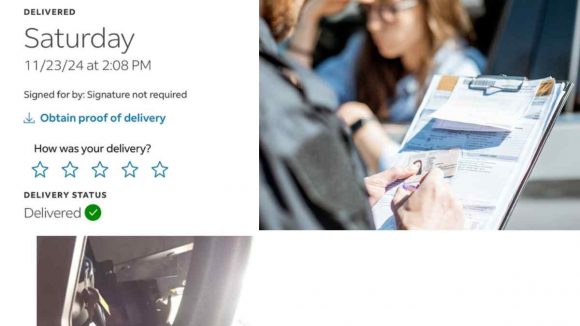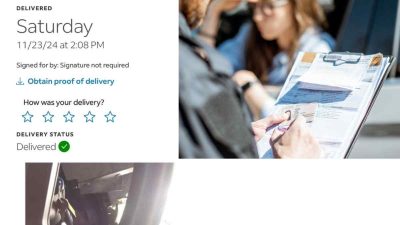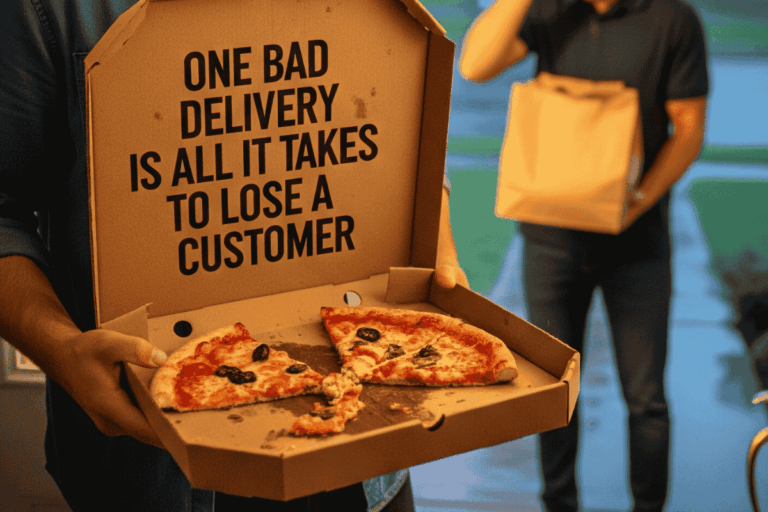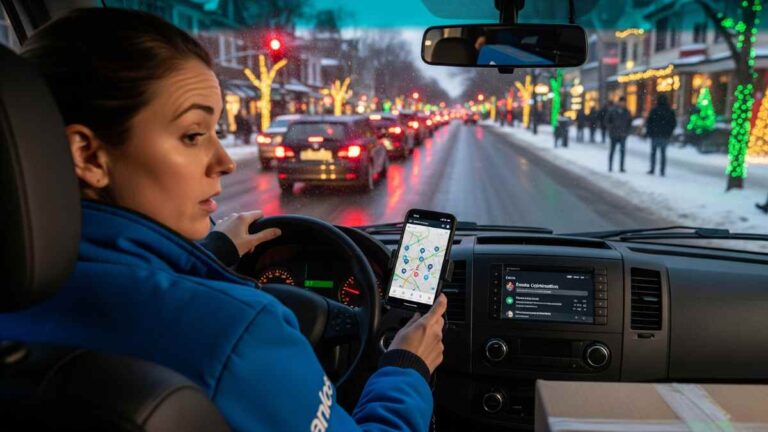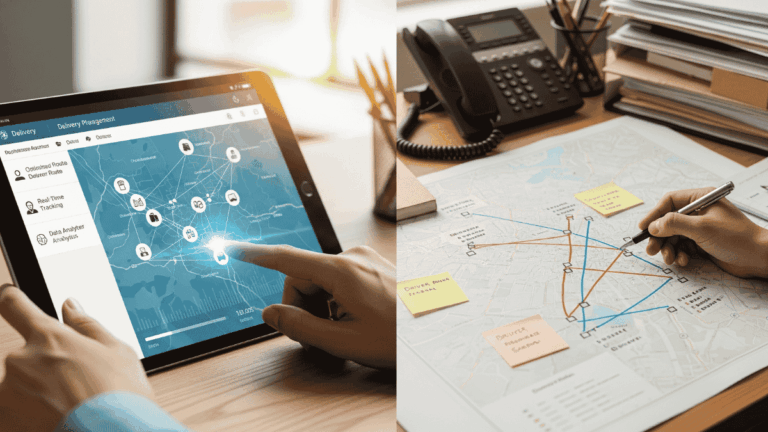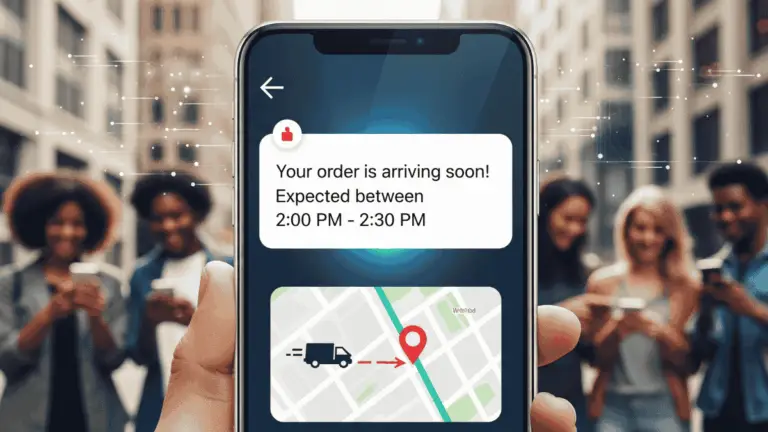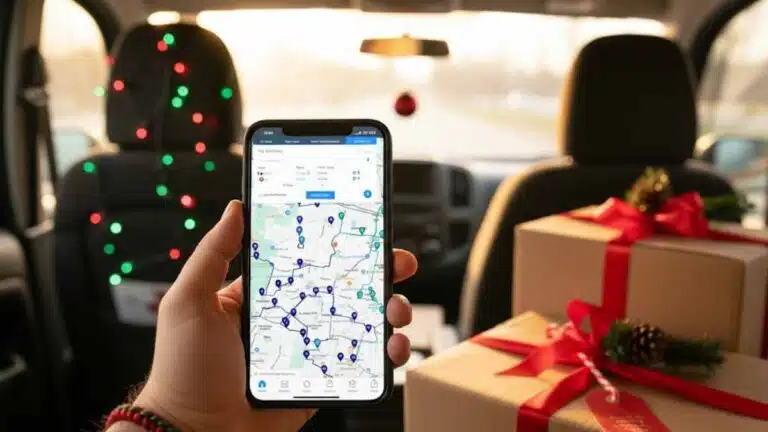Choosing between paper-based systems and digital proof of delivery (POD) solutions has become a pivotal decision for businesses.
Traditional paper methods may feel familiar—they’ve been used for years—but they fall short in an increasingly tech-driven world.
Delivery operations require efficiency, accuracy, and real-time updates. It’s non-negotiable.
With the click of a button on a delivery app, the electronic proof is captured and stored in a safe and secure place. It’s like delivery confirmation in a cloud that can help your business with any disputes later on.
Let’s explore why electronic proof is redefining logistics and why it’s replacing traditional paper systems entirely.
The Limitations of Paper-Based Proof of Delivery
For decades, paper has been the backbone of proof of delivery processes. It has been reliable and passed on from generation to generation in family businesses.
Paper delivery documents are easy to write out and get signed. But let’s say you are a delivery service business and have been relying on paper for years.
When do you start confiscating the paper proof, and where do you store all the documents?
In today’s fast-paced logistics environment, these paper-backed systems are rife with challenges:
Human Error: Handwritten notes can easily contain inaccuracies, illegible writing, and misplaced documents.
Delays in Data Processing: Paper requires a person to enter each paper document into the systems physically. This can lead to potential delays in invoicing. It can also drag out the time spent to resolve customer disputes.
Environmental Impact: Paper systems contribute to waste, making them a less sustainable option. Logistics companies are becoming more concerned about their carbon footprint and the harm they are causing the environment.
Limited Visibility: Paper-based PODs provide no real-time updates for logistics teams or customers. Only those who have the paper can view the status, which could be extremely frustrating for both customers and businesses.
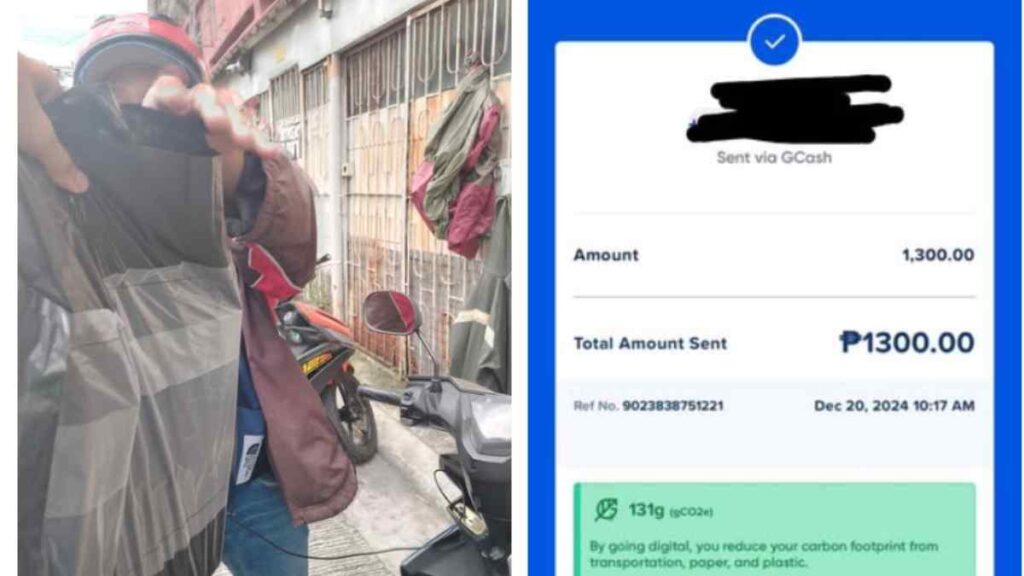
The Benefits of Digital Proof of Delivery Software
Digital PoD software overcomes the shortcomings of paper. It makes fleet management a dream job.
Technology is used to streamline and even improve the logistics processes.
Here’s why it’s the future:
- Digital solutions provide instant updates. It’s a delivery management solution that enables logistics teams and customers to track orders in real-time. This is great for customer satisfaction.
- PoD also improves the accuracy rate of deliveries by eliminating manual errors. Think about digital signatures and photos of delivered goods. If the picture is unclear, the system will send a push notification that the PoD has not succeeded.
- It also fast-tracks the invoicing process. A delivery business can speed up invoicing and cash flow with data instantly synced to back-office systems.
- Real-time updates and instant proof of delivery improve transparency and build customer trust. Customers can see exactly what is said on the digital copy, which can eliminate unnecessary queries.
Key Features of Proof of Delivery Software
Modern proof of delivery solutions come equipped with advanced features that make them indispensable for logistics.
Here are some of the key features that help PoD software, like Locate2u, make it easier for customers.
Digital Signatures: A good PoD software captures customer signatures electronically for secure and indisputable proof of delivery.
Photo Capture: PoD software must always allow drivers to take photos to supplement delivery information. A photo reduces disputes and ensures accountability.
Integration with Systems: A good PoD software like Locate2u can seamlessly connect with other software, making handling logistics operations easier.
Real-Time Alerts: PoD software should also be able to notify management instantly of delivery updates or issues.
Why Your Business Needs Digital PoD Solutions
Digital proof of delivery is convenient, but it also helps your business stay competitive.
From saving costs to allowing your business to scale and use analytics, the benefits are endless.
If you want to reduce administrative overhead, paper costs, and error-related expenses, going digital will save you costs.
But as your business grows, working with paper PoD will cost you more in labor, time, and administration work. Digital systems can easily scale to meet demand.
With digital PoD your business can gain insights into every day’s delivery performance as well as your driver efficiency, and customer satisfaction.
The digital footprint can automatically provide you with a delivery receipt with all the delivery details to monitor each driver’s productivity.
It’s easier to pick up any discrepancies in the delivery experience and address them to improve customer feedback.
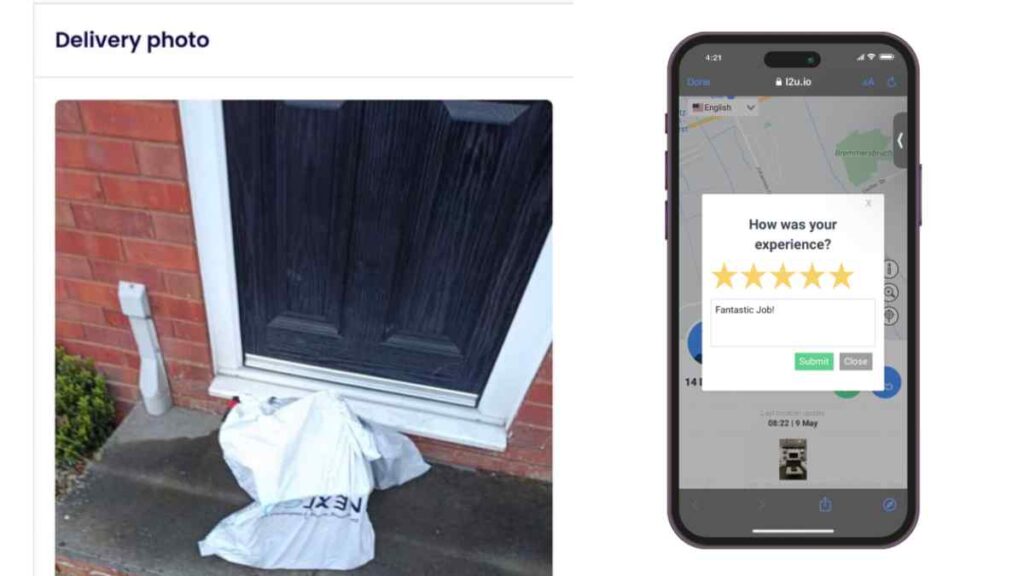
Preparing for the Transition to Digital PoD
Transitioning to digital proof of delivery requires planning.
Here are four easy steps to get started.
Step 1: Evaluate Needs
Identify pain points in your current PoD process to determine the most critical features you need. Research available PoD apps and their costs. Some have free month-long trials.
Step 2: Choose the Right Software
Look for scalable, user-friendly solutions that integrate with existing systems. You don’t want to commit to software that you won’t be able to use six months later when your business expands.
Step 3: Train Your Team
Ensure drivers and logistics staff are comfortable with the new system through hands-on training.
PoD software is easy to use, and with the right training, it can be used to its full capacity.
Step 4: Monitor and Optimize
Continuously analyze data from the software to identify areas where the business can improve.
Why the Future Is Digital
Paper-based proof of delivery systems have served their purpose, but the logistics industry is evolving.
Keeping track of thousands and thousands of paper receipts is impossible. Digital proof of delivery software offers unmatched efficiency, accuracy, and sustainability.
About the author
Mia is a multi-award-winning journalist. She has more than 14 years of experience in mainstream media. She's covered many historic moments that happened in Africa and internationally. She has a strong focus on human interest stories, to bring her readers and viewers closer to the topics at hand.

